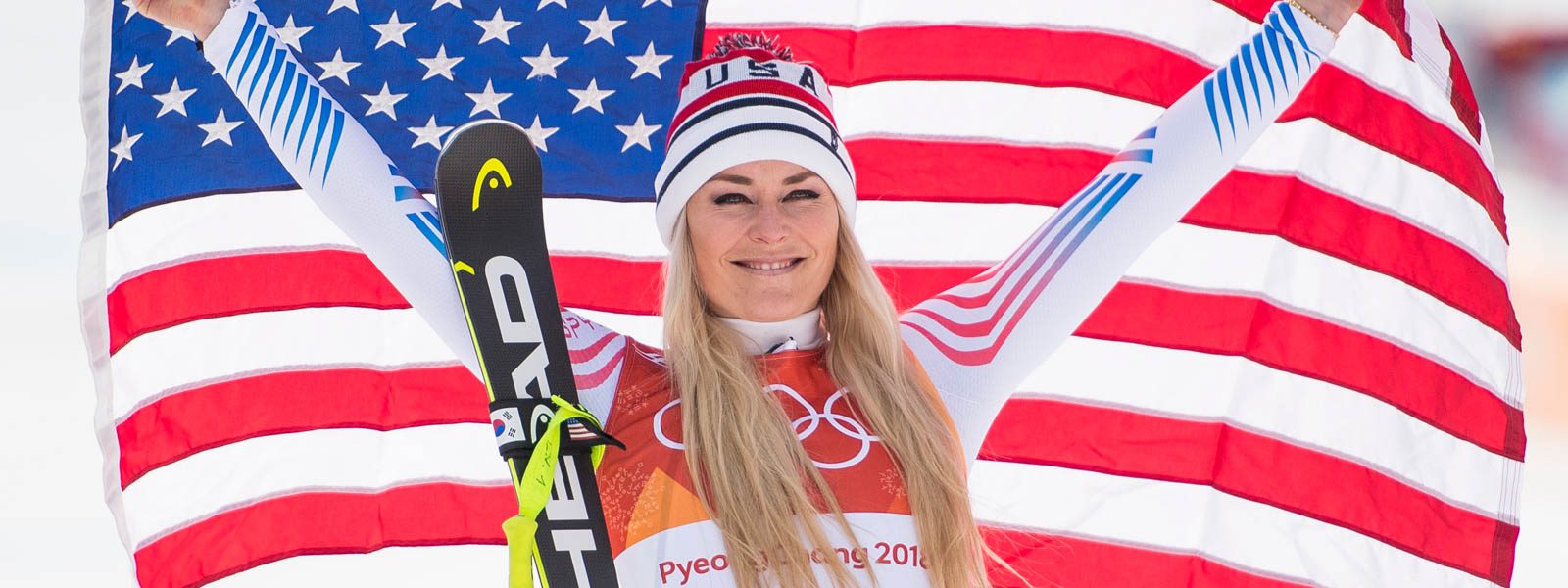Sunday’s men’s SL to flip top 15; US team calls it BS

Cortina world championships 2021 has been framed by unparalleled beauty and colored in by some of the most spectacular performances I have seen in ages, from both the favorites and the unheralded. But it will also be remembered for the two weeks in which the rule book was poured over and read by more people than in the history of the sport. The men’s slalom tomorrow won’t stray far from that theme.
It was announced during the team captains meeting tonight that rather than stick with reversing the top 30 skiers in the second run, the norm, they will reverse only the top 15 because of the forecasted warm temperature and the likelihood of severe course deterioration. The rest will run after, in the order of their first-run finish. You will find, deep in the rule book, that the jury has the right to just that option — an option that was used only one other time since the reverse-30 format was employed, and it was 20 years ago, roughly.

“We saw how the track was reacting this afternoon, it’s under control,” explained men’s race director Markus Waldner before announcing they would reverse on the top 15. “We need to respect the top stars.”
Almost immediately, U.S. men’s technical coach Forest Carey interjected, “It seems like an extreme measure to me.”
Walnder’s reply was quick and decisive. “You were not on the hill today,” he said. “And I just tell you this is an option the jury can make and we decided to do it.” End of discussion. Carey and U.S. technical coach Ryan Wilson were apoplectic. Their skiers — Ben Ritchie, Jett Seymour, Luke Winters and Alex Leever — have all fought from high numbers to make the top-30 flip, but to reach the top 15 in warm conditions was another dagger in their chances for a good result.

“I’ve not been coaching for that long,” said the 33-year-old Ryan Wilson, who is in his second year coaching the U.S. slalom team, “but I’ve been to a bunch of races at the FIS level, NorAms, Europa Cups and World Cup where I haven’t seen anyone have the balls to flip top 15 to protect ‘our superstars.’ It’s bullshit. I don’t understand the thought process. I’ve never actually seen it at any level of racing.”
Short of a protest or change of mind by the jury — and they have that right, as well — we will all see it tomorrow.
Only, here is the rub …
This decision, rather than protect the stars, might very well be their undoing. There is a trail of evidence already this season to suggest that reversing the top 15 might actually help lower seeded racers to the top of the podium. Switzerland’s Sandro Simonet jumped from 30th to third in Chamonix the day after his teammate, Luca Aerni, jumped from 26th to fourth. It was warm and the snow was springlike, requiring salt to harden it. Same in Madonna, same in Zagreb. In all those cases, most of the rapid course deterioration happens in the first five-or-so skiers and then the breakdown tends to stabilize and become more incremental.

The men’s field is so deep with talent that if you give finisher 15, start No. 1 in Run 2, the odds he wins go WAY up. On average, finisher 15 will be about 1.5 seconds behind the fastest finisher, rather than 2.5 if he were 30th. By the time the first-run leader comes down, after all the serious deterioration has happened, he will struggle to hold his advantage. What’s more, second runs tend to break down faster because temps are on the rise, so this is not something that necessarily balances out in the end.
It feels like a no-win decision, but for their sake, I do hope I am wrong.
UPDATE: Ivica Kostelić weighs in on flip-15 controversy … like only he can

If I am, I think this course and conditions have Henrik Kristoffersen’s name all over it. Steep, rough, springlike is slalom the Norwegian’s dreams are made of. He showed that in Madonna this past December, charging from 12th to victory in the eroding second run. It was a run for the ages, but it still wasn’t faster than Sweden’s Kristoff Jacobsen, who has twice this year won second runs with an early number in Run 2 — you get my drift.
Marco Schwarz has been good across all conditions, and leads the slalom standings because of it. And Ramon Zenhausern is like a D9 dozer when conditions get warm and junky. Review his slalom from Kranjska Gora, Slovenia in 2019 if you need a reminder.
But, if I’m a betting men, I hold my money until after the first run and see who is ranked between 10 and 15 and go from there.





















